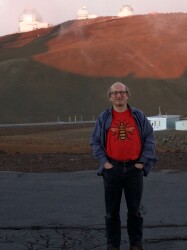BibTex format
@article{Lim:2020:1538-4357/ab8eaf,
author = {Lim, C-F and Chen, C-C and Smail, I and Wang, W-H and Tee, W-L and Lin, Y-T and Scott, D and Toba, Y and Chang, Y-Y and Ao, Y and Babul, A and Bunker, A and Chapman, SC and Clements, DL and Conselice, CJ and Gao, Y and Greve, TR and Ho, LC and Hong, SE and Hwang, HS and Koprowski, M and Michalowski, MJ and Shim, H and Shu, X and Simpson, JM},
doi = {1538-4357/ab8eaf},
journal = {The Astrophysical Journal: an international review of astronomy and astronomical physics},
pages = {1--18},
title = {SCUBA-2 ultra deep imaging EAO survey (STUDIES). IV. spatial clustering and halo masses of submillimeter galaxies},
url = {http://dx.doi.org/10.3847/1538-4357/ab8eaf},
volume = {895},
year = {2020}
}

